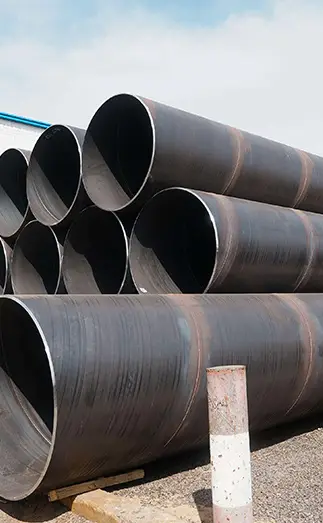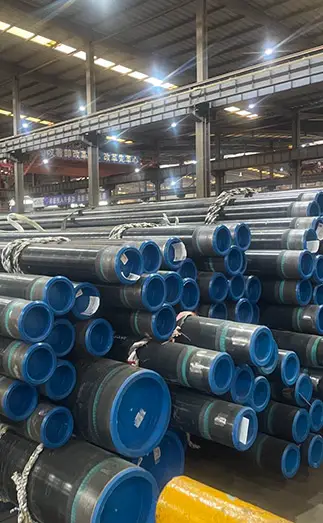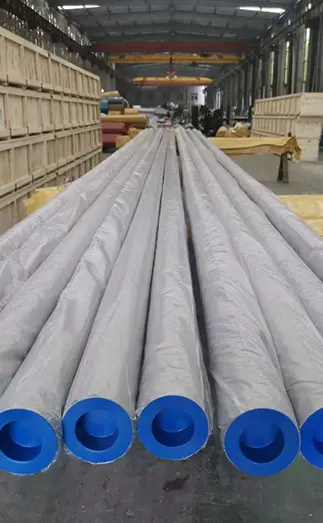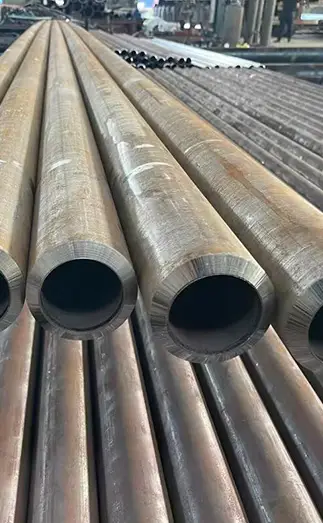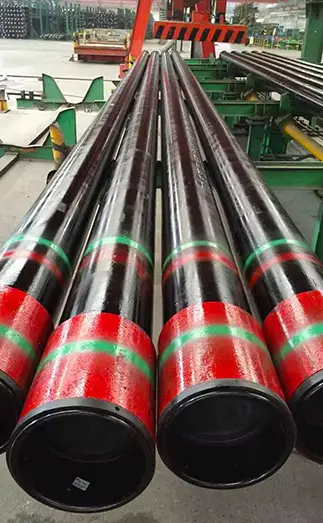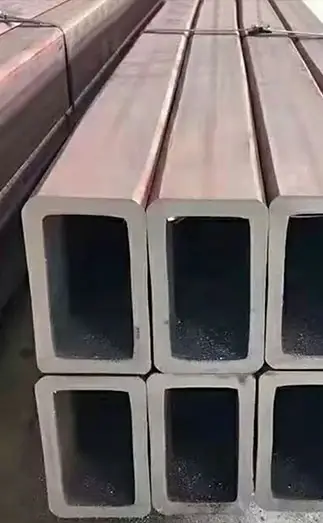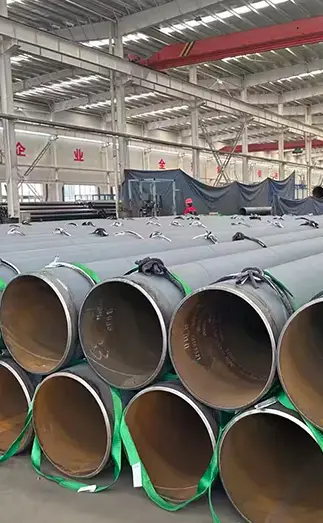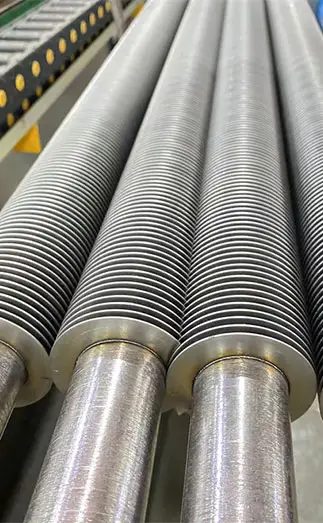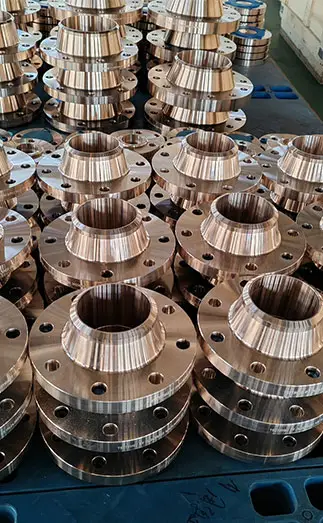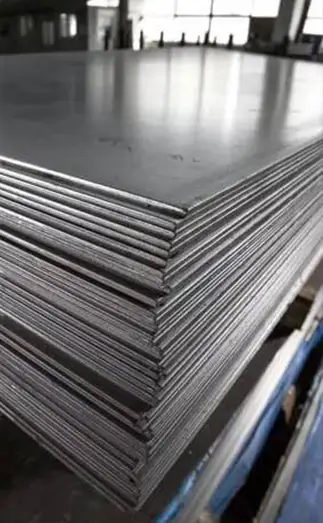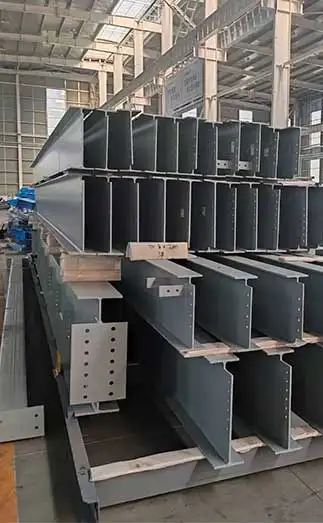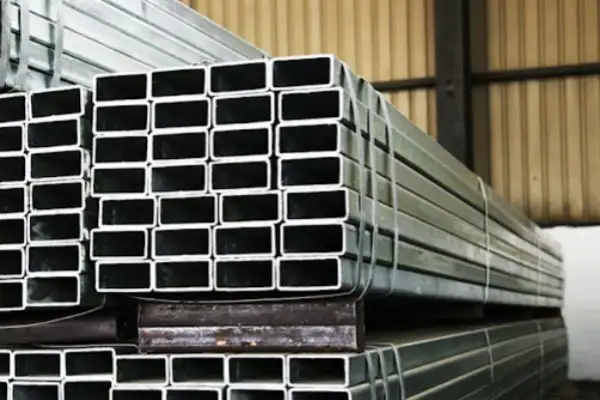Boiler tubes are specialized seamless steel pipes designed for use in high-pressure components of boilers, including water-cooled walls, superheaters, reheaters, and economizers. Other frequently used materials in boiler systems, such as mild steel pipes and carbon steel pipes, offer excellent durability and thermal conductivity under extreme temperature and pressure conditions. Positioned within the boiler, these tubes are critical for heat conduction and transfer, making their placement and configuration essential to the overall performance and safety of boiler systems.
Super Steel Manufacturing Co.,Ltd is professional boiler tubes manufacturer, for more details, please contact:sales@super-steels.com
Strategic Positioning and Layout of Boiler Tubes
Boiler tubes are typically installed inside the boiler, with their layout carefully designed based on the specific structure and operating principles of the boiler system. Their primary function is to transfer the thermal energy produced during combustion to the working medium—typically water or steam—allowing for efficient energy conversion.
Boiler tube systems generally include two types:
Water Tubes: Located within the boiler’s water-steam cycle, these pipes transport steam or heated water to designated areas of the system.
Fire Tubes: Positioned in the combustion chamber, fire tubes absorb direct heat from the flames and transmit it to the water medium surrounding them.
The layout and interconnection of these tubes vary depending on the boiler type, capacity, and operational demands.
Four Common Boiler Tube Arrangements
Horizontal Arrangement
Structure: Tubes are laid horizontally, often in parallel, staggered, or crisscross patterns.
Advantages: Easy cleaning, straightforward maintenance, and effective drainage.
Drawbacks: Suboptimal use of furnace space.
Vertical Arrangement
Structure: Tubes are aligned vertically or at a near-vertical angle.
Advantages: Maximizes vertical space, reducing ground footprint.
Drawbacks: Complex layout may result in localized overheating.
Diagonal Arrangement
Structure: Tubes are positioned diagonally, optimizing furnace space.
Advantages: Supports good ventilation and fuel feeding efficiency.
Drawbacks: May lead to uneven water flow and increased risk of scaling or corrosion.
Spiral Arrangement
Structure: Tubes are coiled in spiral or multi-spiral patterns.
Advantages: High heat exchange efficiency and excellent sealing properties.
Drawbacks: Complex in both design and fabrication.
Fundamental Principles for Boiler Tube Layout
A well-executed tube layout must follow several guiding principles:
Safety
Ensure the layout meets safety standards to prevent failures such as leakage or rupture during operation.
Economy
Design for cost-effectiveness while fulfilling operational requirements.
Maintainability
Allow sufficient space and access for maintenance, inspections, and potential replacements.
Key Steps in Boiler Tube Layout Design
Planning the Layout
Select the optimal configuration based on the boiler’s type, output, and specific use case.
Material Selection
Choose appropriate pipe materials and fittings based on working medium characteristics (e.g., pressure, temperature, corrosion resistance).
Drawing and Documentation
Develop detailed layout drawings to guide construction. Components like pup joints can be included to enhance flexibility and system stability.
Installation and Construction
Execute installation according to the design plan, ensuring compliance with construction quality standards.
Important Considerations During Installation
Avoid excessive pipe lengths or sharp bends to minimize fluid resistance and enhance heat transfer.
Ensure pipe supports and hangers are properly placed to handle pipe weight and operational vibrations.
Apply insulation or protective coatings to pipes in high-temperature/high-pressure zones.
Conduct regular inspections to identify and address potential risks early.
Conclusion
Boiler tubes are indispensable components in thermal systems, playing a central role in heat transfer and system reliability. A clear understanding of their positioning and layout improves both performance and safety. Each layout method has distinct benefits and limitations, and the choice should be tailored to the boiler’s operational environment and technical requirements. Incorporating high-quality seamless pipes, mild steel pipes, and trusted flange suppliers further enhances the robustness and efficiency of boiler systems.



 English
English Español
Español Français
Français بالعربية
بالعربية